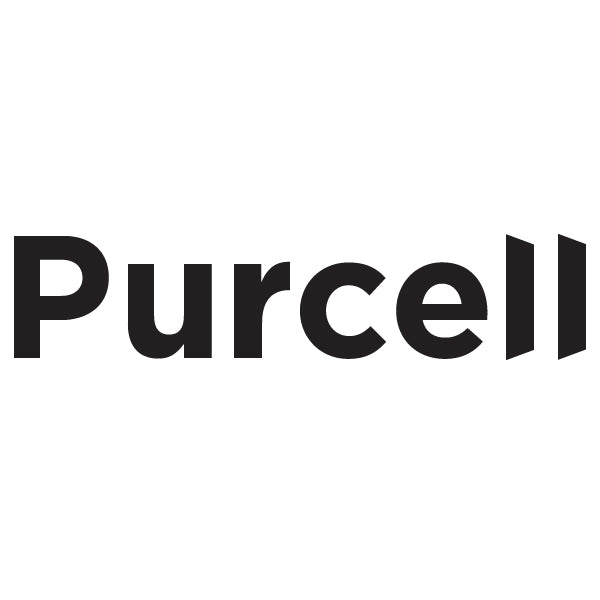The IKEA Revolution
IKEA's approach to furniture design and sales has undeniably transformed the furniture industry. At its core, IKEA popularized the concept of flat-pack furniture - a revolutionary idea that made furniture more accessible, affordable, and convenient for millions worldwide.
- Democratizing Design
IKEA’s first significant contribution was democratizing furniture design. By offering stylish, functional designs at affordable prices, IKEA made modern design accessible to the masses. This was a stark contrast to the traditional furniture market, where high-quality design was often synonymous with high prices.
- Flat-Pack Innovation
The introduction of flat-pack furniture was a game-changer. Flat-pack design meant that furniture could be packed and shipped more efficiently and at a lower cost. This not only reduced shipping expenses but also made it easier for customers to transport their purchases home. The assembly process, which required customers to put their furniture together themselves, was another radical departure from the norm. This DIY approach not only cut costs but also fostered a sense of achievement and personal attachment to the furniture.
- Sustainable Practices
IKEA also emphasized sustainability in its business model. The company focuses on using renewable and recycled materials, aiming to reduce its environmental impact. This commitment to sustainability resonated with environmentally conscious consumers, further bolstering IKEA's popularity.
- A Global Reach
Finally, IKEA’s global expansion strategy was key. By adapting its products and marketing to suit local tastes and preferences, while maintaining its core values and design aesthetics, IKEA successfully entered diverse markets worldwide.
Applying IKEA's Principles to Food Packaging
At the core, Purcell is doing the same thing Ikea did with flatpack furniture. Flatpack streamlined supply chains and store operations making Ikea the giant they are today.
Purcell has the same effect but instead of being the products we buy every 5-10 years, we are revolutionizing the products we use every single day. Purcell dispensers increase shipping efficiencies by 2X while reducing store operations by 8X!
Inspired by IKEA's transformation of the furniture industry, similar innovations can be applied to food packaging. The goal would be to make food packaging more efficient, sustainable, and user-friendly.
- Efficiency in Design
Just as IKEA optimized furniture for flat packing, food packaging can be designed for maximum efficiency. This could involve developing collapsible or modular packaging that takes up less space during transportation and storage, reducing logistical costs and environmental impact.
- DIY Approach
Emulating IKEA’s DIY furniture assembly model, food packaging could incorporate a 'prepare-it-yourself' element. This approach could involve packaging ingredients separately in their optimal conditions to extend shelf life and reduce waste. Consumers would then assemble or cook the final product at home, enhancing their engagement with the product.
- Sustainability Focus
Following IKEA’s lead, a significant shift towards sustainable materials in food packaging is essential. Reusable, biodegradable, compostable, and lastly, recyclable materials should be the standard, not the exception. This approach not only appeals to environmentally conscious consumers but also aligns with global efforts to reduce plastic waste and carbon footprints.
- Customization and Adaptability
IKEA’s success in global markets came from its adaptability. Similarly, food packaging should be designed to cater to various cultural preferences and dietary needs, while maintaining a consistent quality and ethos. This could involve using local materials, accommodating local tastes, or offering customizable packaging options.
IKEA's innovative approach to furniture has lessons for many industries, including food packaging. By focusing on efficiency, DIY engagement, sustainability, and adaptability, we can revolutionize food packaging in a way that benefits consumers, businesses, and the planet alike.
At Purcell we think outside the package. In fact, we don't just think outside the package, we do away with packaging altogether.

